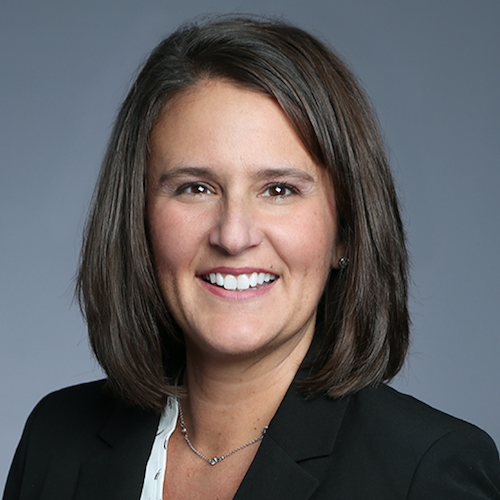
The senior housing and care industry has experienced an accelerated pace of change over the past decade — particularly during the COVID-19 pandemic — in areas including technology adoption, workforce challenges and choice, and that pace will continue, according to one industry expert.
Lisa McCracken, the new head of research and analytics for the National Investment Center for Seniors Housing & Care, talked during Wednesday’s LeadingAge policy update call about what she is seeing in her crystal ball as the industry enters the new year.
“The pandemic was an accelerant across a lot of different levels. A lot of things unfolded much quicker,” she said.
The industry, McCracken said, is in the earlier stages regarding much technology, especially as relates to adoption. That reality, she added, brings questions about how to pay for it, who will pay for it and what providers can cover from an investment standpoint if technology helps improve outcomes and efficiencies.
Artificial intelligence also presents opportunities in terms of predicting when a resident’s health might start to decline or when a resident might be prone to falling, and to identify signs of employees who may be more likely to leave their jobs, McCracken said.
“There is a lot of predictive data out there,” she said. Generative AI, McCracken added, processes data in different ways and helps with the human touch aspect of care and service provision by allowing staff members “to do the more important things.”
“I’m a big fan of a lot of the workforce tech that helps from an efficiency standpoint to reallocate staff time,” she said.
NIC, she added, is working with NORC at the University of Chicago to quantify the value that senior living brings to individuals from the standpoint of quality of life, longevity and health outcomes — and how that value can translate to the reimbursement side for some operators. Organizations, McCracken added, must adopt a business intelligence and analytics mindset to better quantify the sector’s story.
“How can you prove your own worth?” she asked. “We know it, we feel it, we see it — but we live in a world that demands the evidence. We need to do better at that.”
The integration of wellness into offerings, as well as risk partnerships with payers, are other innovative happenings that McCracken said she is seeing, “recognizing we can’t do this alone, and maybe we don’t need to be the end all, be all, but a convener to make bold moves.”
Partnerships, she added, are helping NIC propel some initiatives forward. McCracken mentioned a partnership with the Milken Institute that will yield a report next week regarding middle market solutions for senior housing and care. This report follows the November announcement of a $3 million grant that NIC provided to the institute’s Center for the Future of Aging to “develop bold new models” for senior housing and care. As part of that effort, Nexus Insights, a think tank founded almost four years ago by NIC founder Bob Kramer, is merging with the new Aging Innovation Collaborative within the center.
“We recognize that NIC has a powerful voice within the senior housing and care space, but others are looking at the population of older adults and saying what we need to know, how to partner, how to think innovatively,” McCracken said.



